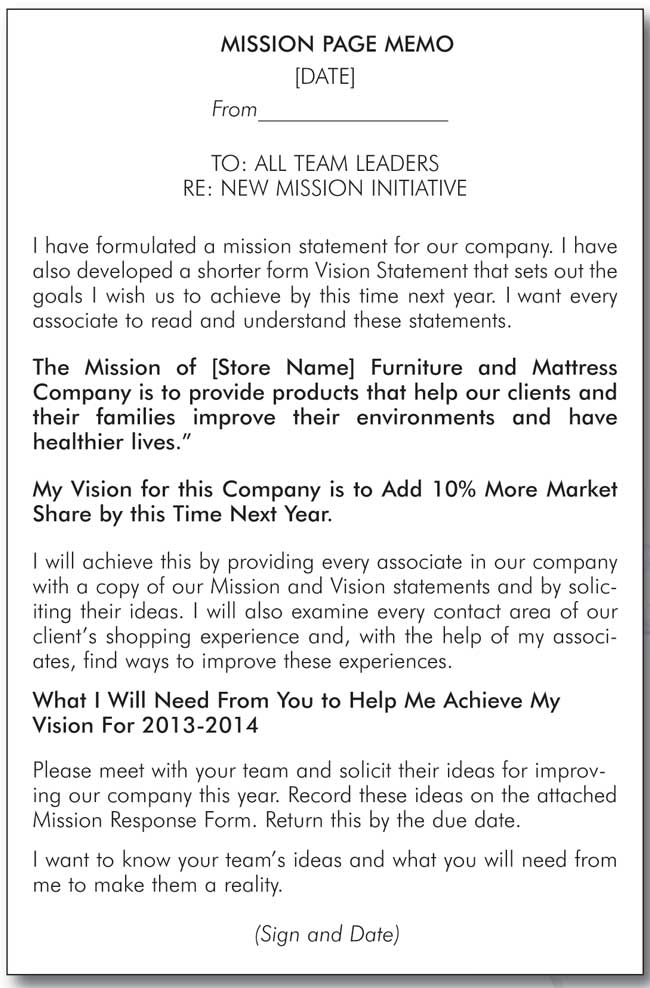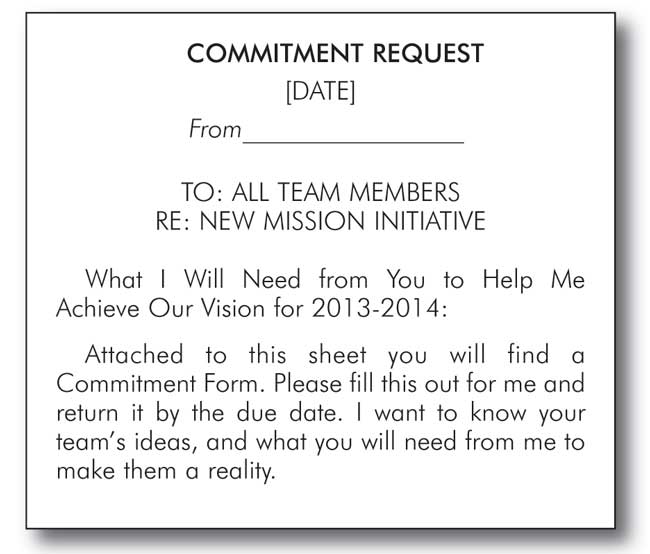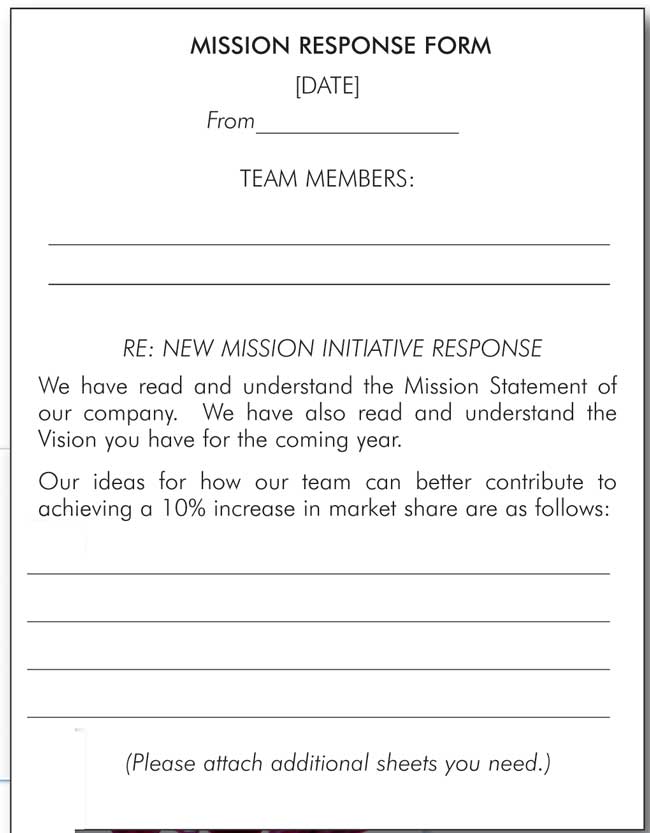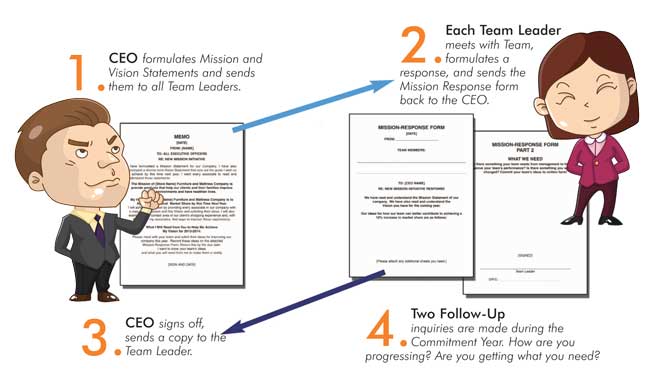When John F. Kennedy was President of the United States he was generally heralded as a genius. Yet he reportedly had an IQ of 119. Not bad, but not all that extraordinary either. Even so, in the domain of intellect, Kennedy gracefully held sway over the most brilliant minds of his day and generation. He communicated with precision and clarity as few others have. Just a month before his fateful trip to Dallas in 1963, Kennedy was asked during his final press conference if he enjoyed being President. He replied that he did, and went on to say that the definition of happiness, according to the ancient Greeks, is the “Full use of your powers along the lines of excellence.”
In today’s world, the demands on a visionary leader are even greater than they were in the days of John F. Kennedy. For this reason, I suggest expanding the ancient Greek definition to be more in accord with my research into the psychology and science of MetaThinking: The modern definition of happiness is the full use of your powers along the lines of Excellence, Integrity, and Empathy.
Metathink Principles
This series of articles is less about the tactics of selling furniture and mattresses than about the dynamic strategic process of employing your full powers to impact and improve the lives of the people who shop at your store. When your complete influence is engaged toward the benefit of your clients, you will sell more, much more. [I generally prefer the word “clients” to “customers.”] You accomplish this supremacy by first mastering and integrating two of the three MetaThink principles.
1. Demonstrate unparalleled excellence in each aspect of the client’s shopping experience, from the greeting to the pick-up or delivery; on to the follow-up sequences and, if necessary, a service call.
2. Insist on uncompromising integrity in all relationships, with clients, vendors, and associates. Finally, by establishing understanding empathy for your clients’ end-result goals, even if they cannot define and express these aspirations. You must articulate them with clarity and precision–better than any competitor dreams of doing.
However, let’s assume you have developed all these powers. Why aren’t they working? What happens to your philosophy, why does it get so diluted by the time it is manifested to your clients? I got a call recently from a savvy furniture retailer who said: “Larry, I get all that. I have established a mission for our company. I tell my executives that we are in the business of improving the lives of our customers. I explain our shorter term goals and vision for the next year. But, how do I get buy-in and commitment? Rather, how do I KNOW I am getting buy-in and commitment? I get lip service, but I just don’t get a visceral feeling that my company is truly on board; especially the front-line associates.”
I promised in our last article (posted to the Marketing Management Articles area of the furninfo.com website) that I would explain how one retailer developed a remarkable method to sell his team on his game plan. He was so good at doing this and reinventing his company that he eventually built one of the largest home furnishings chains in America. He also told me that very few CEOs could use his formula, because few would go to the efforts he took to create a fresh vision each year and make sure he got buy-in by associates. Please recall that this is a three-step process:
- Create a compelling mission, and a shorter-term vision.
- Communicate your vision to all your associates.
- Get associate feedback.
Perhaps you have a compelling Mission. And you may have a clear vision of where you want to be this time next year. But these are only potential powers until every person in your organization understands them and can express them.
You have no mission or vision until you commit them to written form: This is true whether you have three associates or three hundred. Let’s play a game and you will see what I mean. It all begins with the Mission Initiative. This communication goes to all your top executives. If you are a smaller store, and do not have an “executive staff,” pass it out directly to your associates. See the “Mission Page Memo” example below:

Not so difficult, right? Chances are, your top management (or your staff) has not seen your Mission or your shorter term Vision goals in writing. The exhibits in this article will give you an idea of the format for these supporting documents. Now, let’s take this process to yet another level. The next part of this form (Commitment Request) can be seen below.

It should be obvious that the Vision of the CEO must address current issues. For example, in times of dire recession, it would be appropriate to have a vision of being more lean and mean. However, a lean initiative need not be so draconian that associates live in constant fear of being laid off.
Perhaps there may not be much in this Mission-Initiative that seems unusual. However, what is especially unique is the Mission-Response form that must be returned to the CEO. This form frames the response (see page 30). The most important part of the Mission-Response form is the paragraph that begins with “WHAT WE NEED”.


This process was embellished and improved as time went on. As the program gained momentum year after year the CEO began to add new elements to keep the program fresh and exciting.
Associates and executives were later polled to determine the effectiveness of this system and the results were remarkable. They were asked the following three questions:
- Does your company have a defined mission that is understood throughout the company?
- Does your company have a plan or vision for the near future? And
- Does your company have a plan or vision for the long term future? The results were over 95% in all categories.
More than 95 percent of associates and executives responded “yes” to each of the questions. Compare these results with Brit Beemer’s report of a poll of Fortune 1000 companies in which front line associates’ highest scores were 36%, and as low as 13%!
Executing With Full Use Of Your Powers
Recall the CEO who told me he had formulated a good Mission Statement and had established short term goals? He agreed that he wanted to demonstrate unparalleled excellence in each aspect of the clients’ shopping experience, from the greeting to the pick-up or delivery; on to the follow-up sequences and, if necessary, a service call. I cautioned him that even if he got buy-in from all of his associates on this worthy goal, he would need to follow up with a killer plan. At this point he got vague.
I learned that he was overlooking several important details regarding his customers’ shopping experience. I called his store several different times and got different greetings from various associates. I called after hours and there was an outdated message on the machine. In this single area of client contact this CEO was already diluting his powers and losing business. Associates must have a scripted way to answer the telephone. One exceptional furniture store answers the telephone with a cheerful: “It’s a great day at I. Keating Ashley HomeStore … how may I help you?” Call anytime and you will get the same sunny message. Some may dismiss this as a trifle, but “Trifles make perfection and perfection is no trifle.” If you want a brand that projects preeminence, you must begin to act the part of a preeminent store.

When you begin to reinvent your company, review each contact point of your clients’ experience with your store. I cannot provide a comprehensive list here, but I can give you some of the most common areas of neglect I often find in home furnishings stores. You may have immense depth of knowledge, unquestioned integrity, and laudable empathy for your clients. But if these powers are being seriously diluted at various points of customer contact, they may as well not exist.
Some Neglected Areas of Customer Contact
The most commonly neglected area of customer contact is the INTERNET, including Websites, Permission Marketing, and Social Networking.
WEBSITES: Your website should include several short action videos. Check www.slumberlandwillmar.com for a good model to follow. Note that the splash page includes a welcoming video. There are several other videos linked to the splash page. For example, instead of a stand-alone, long, dry block of “ABOUT US” copy that no one reads there is an excellent video about the individual store. Likewise, on the COMMUNITY INVOLVEMENT tab is another good action video. The “BEST PLACE TO BUY A MATTRESS” tab features more videos. There is a tab for CURRENT PROMOTIONS that links to the corporate website. These are important features because Google likes videos and fresh content. The three most powerful web presences are Google, Facebook, and YouTube. You should have a presence on all three. COMMUNITY INVOLVEMENT, is becoming more important. Potential customers, according to recent polls, are much more likely to support a store that gets involved in helping the community.
PERMISSION MARKETING: Most media is intrusive, and people are less and less likely to pay attention. TV is radically intrusive and expensive. Radio is equally intrusive. Newspaper flyers and ROP are less so, and direct mail can be effective if carefully planned and designed. When you acquire email addresses and send out helpful suggestions as well as special offers, you are engaged in permission marketing. It’s a powerful medium that is almost as effective as referrals, or what I call People Media™.
GREETING AT THE DOOR: Script the greeting process. The correct greeting technique can greatly increase your closing ratio. Don’t leave it to chance.
HAND OUTS: Never have a customer leave your store empty-handed. You need a flyer, a silent salesperson that reminds guests of your Unique Selling Proposition, gives your best sales message, and lists your website. When a business card is attached, it will greatly improve the chances of a return visit.
SIGNS: Place signs strategically outside and inside featuring your current event, special credit offers, layaway possibilities, and other information. Truck skins can also be effective in getting your brand and story to the pubic.
PRICE TAGS: These can help make the sale. They should always show a comparable value or a list price, and unique credit offers.
INTERCOM: When referring to clients on the intercom, call them “guests.” For example, “Mr. Smith, you have a guest in the Sleep Gallery.” The term “customer” sounds like a commodity. Using first names sounds unprofessional.
CLASSES: Arrange a series of continuing decorating classes. Invite women’s groups for a tour of the store, and high school home economics classes to learn about home furnishings. Manufacturing reps are excellent for doing this. Also, check out the seminar editorial series at www.furninfo.com/DesignSeminars.
DELIVERY AND PICK-UP: Buyer remorse can be avoided by training warehouse and delivery teams to admire customers’ selections. One delivery captain told me he was a “second salesman,” seeing his role as the final customer contact, and last chance to re-enforce the sale. Good idea.
ADVERTISING: Years ago, in a beautiful studio overlooking the Pacific Ocean, the great Clyde Bedell looked me in the eye and told me the most important secret of successful selling: empathy: understanding the deeper end-result needs of your client. He said, “Larry, when a man goes into a hardware store and buys a 3/8 inch drill bit, what motivates him?” I answered, “He needs a 3/8 inch drill bit.” “No,” Clyde shook his head, “He needs a 3/8 inch hole. That is the end-benefit he is seeking. The same is true of a woman who buys a sofa. The end-benefit she is seeking is beauty and comfort for her home, plus the praise and admiration of her family and friends. This is the end result, the impact of a product that will enhance her life, and the lives of her loved ones.” Simple as the benefit-driven principle is, it has been largely lost in the home furnishings industry. Most Big Boxes pump out endless look-alike advertising with item-price offers and label headlines. Learn the principles of Evidence-Based Advertising by reviewing the article on Furniture Word Magazine’s website at
https://www.furninfo.com/Furniture-World-Archives/10563.
The folks at Tempur-Pedic understand and apply the principles of Evidence-Based Advertising. That is why so many customers come into your store presold on acquiring their mattresses rather than other bedding products.
PRESS RELEASES: Send out press releases to alert the public to classes, events and promotions within the company. Always accompany a release with a photo.
DRESS CODE: Nothing communicates professionalism more effectively than a team of salespersons in smart blazers, ties and slacks.
FRONT DESK: Script the welcome process. Walt Disney mastered the expression of his brand to guests at each area of touch in his parks. He insisted on scripts.
FOLLOW UP AFTER THE SALE: A card of appreciation is minimal. This is greatly energized by a personal telephone call. In addition, a request for a referral is more likely to be effective at this point. After inquiry about the purchase and its delivery, I like this kind of appeal for a referral: “Mrs. Jones, most of my business comes from referrals. There is no greater honor for me than to be recommended for my knowledge and skill in helping people select the right home furnishings. On a scale of one to ten, how likely would you be to recommend our store to a friend?”
HOUSEKEEPING: Housekeeping is everyone’s job at all times. “Never walk by anything that is wrong.”
GEMBA [Workplace Areas]: Visit every part of your operation on a regular basis. Many years ago, during their boom years, I went through a training program at Levitz in Huntington Beach. The owners liked to visit this mega-warehouse showroom frequently. For several days we would prepare the store. All the boxes on the warehouse racks had to be turned so the brand names faced the walkthrough area for guests. The racks were carefully dusted for several feet in. Don’t neglect any area of your operation.
CULTURE: The culture of your organization is your responsibility, it cannot be delegated. As far as the guests are concerned, your sales people, your delivery personnel, and your clerks are YOU. When they say something, YOU are saying it. Make sure you know what they are saying.
USP: Nothing is more important than an effective Unique Selling Proposition that is communicated by every associate in the company at every point of customer contact.
The latest numbers indicate that retail sales have, at glacier pace, crept back to pre-recession levels. Only three categories still lag: Building Materials still down 7.3%; Electronics down 9.7%. Worst of all, home furnishings sales are still down 13.3% from 2007 levels. Our job now will be to lift the perception of home furnishings from a discretionary luxury to products that improve the life and wellbeing of those who invest in them. This can only be done by the full use of your powers along the lines of Excellence, Integrity, and Empathy. And empathy is best demonstrated by benefit-driven communications at all areas of client contact.
Larry Mullins is a contributing editor for Furniture World and has 30+ years of experience on the front lines of furniture marketing. Larry’s mainstream executive experience, his creative work with promotion specialists, and mastery of advertising principles have established him as one of the foremost experts in furniture marketing. His affordable High-Impact programs produce legendary results for everything from cash raising events to profitable exit strategies. His newest books, THE METAVALUES BREAKTHROUGH and IMMATURE PEOPLE WITH POWER… How to Handle Them have recently been released by Morgan James Publishing. Joe Girard, “The World’s Greatest Salesman” said of this book: “If I had read Larry Mullins’ book when I started out, I would have reached the top much sooner than I did.” Larry is founder and CEO of UltraSales, Inc. and can be reached directly at 904.794.9212 or at Larrym@furninfo.com. See more articles by Larry at www.furninfo.com or www.ultrasales.com.